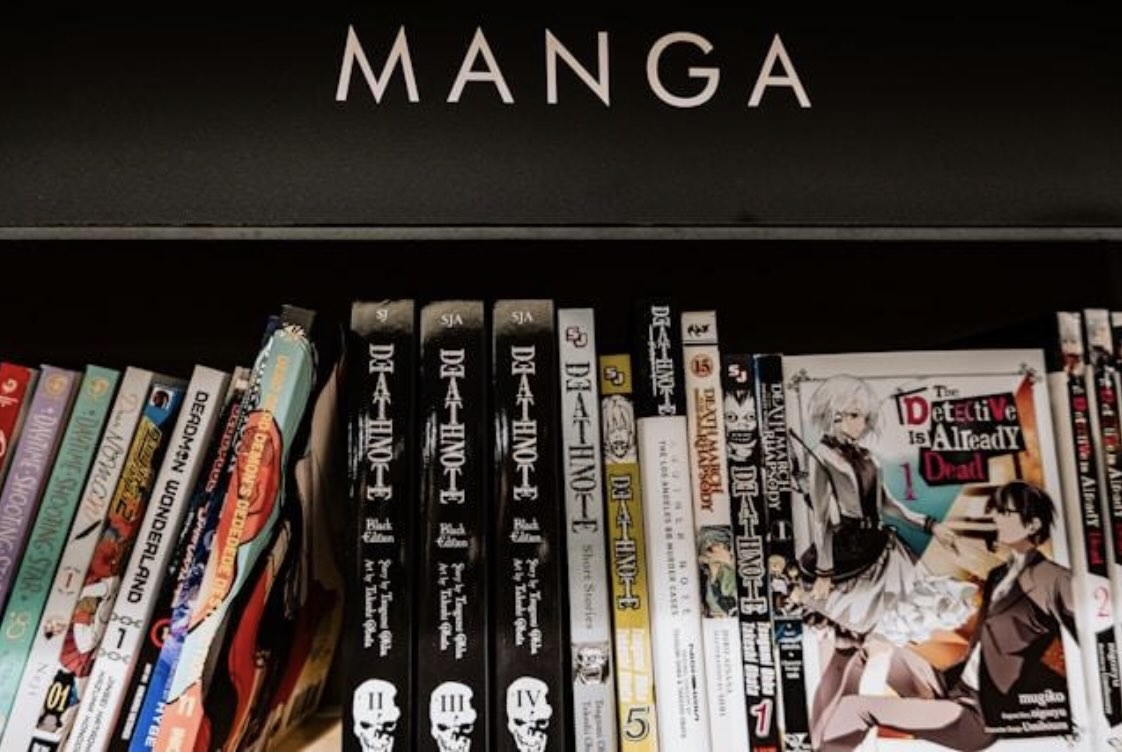Apr 13 (News On Japan) - Manga has become a global phenomenon that continues to shape comic culture worldwide. Its influence extends far beyond Japan's borders, transforming storytelling, artistic styles, and even the business models of comics in the West.

This cultural exchange between manga and Western comics has proven to be a dynamic force in the transformation of graphic storytelling.
A Distinctive Style That Captivates Audiences
Manga now has global prominence, rooted in its unique artistic and narrative approach. Fans worldwide share their love for manga on sites like comic-meister.com, and it keeps growing. Unlike traditional Western comics, which often focus on episodic superhero tales, manga offers a wide variety of genres—action, romance, horror, slice-of-life, and fantasy—that cater to diverse tastes. The serialized format allows for long-form storytelling and deep character development, creating narratives that resonate deeply with readers. For instance, manga's ability to deeply explore complex themes and emotions has captivated audiences worldwide. The visual style is equally compelling, with dynamic panel layouts and expressive characters that bring stories to life in ways that feel cinematic yet intimate.
Breaking Genre Barriers
One of manga’s most significant contributions is its ability to break genre barriers. While superhero stories have long dominated Western comics, manga demonstrated that audiences are hungry for variety. Stories exploring themes like romance, psychological drama, historical fiction, and even everyday life have found massive success globally. This shift has encouraged Western creators to expand their horizons and explore genres previously considered niche. For example, manga's influence can be seen in the rise of graphic novels that focus on personal narratives and social issues.
Manga also blends genres effortlessly—combining elements of science fiction with romance or action with philosophical introspection—and this hybrid storytelling approach has influenced Western comics to experiment with similar techniques.
Cultural Exchange Through Storytelling
The cultural exchange between manga and Western comics has been mutually enriching. Manga creators have drawn inspiration from Western art styles while retaining their unique storytelling traditions. Similarly, Western artists have embraced Japanese techniques and aesthetics, creating works that fuse elements from both traditions. This cross-pollination has led to a new generation of creators who produce comics that feel fresh and innovative while honoring the legacy of both cultures.
Fandom as a Global Movement
Manga fandom has grown into a global movement fueled by conventions, cosplay events, and digital platforms where fans connect and share their passion for Japanese pop culture. These communities foster cultural exchange and appreciation for diverse storytelling traditions. The enthusiasm for manga has also paved the way for greater accessibility—translations of popular series are now widely available, making it easier than ever for international audiences to enjoy these works.
Storytelling: Where Tradition Meets Innovation
In shaping global comic culture, manga reminds us that great storytelling transcends borders. Its ability to connect people through shared emotions and universal themes underscores the power of comics as a medium for cultural dialogue. Whether you’re reading about fantastical adventures or quiet moments of reflection, manga’s impact ensures that there’s always something new waiting to be explored—and enjoyed—by readers around the world.















